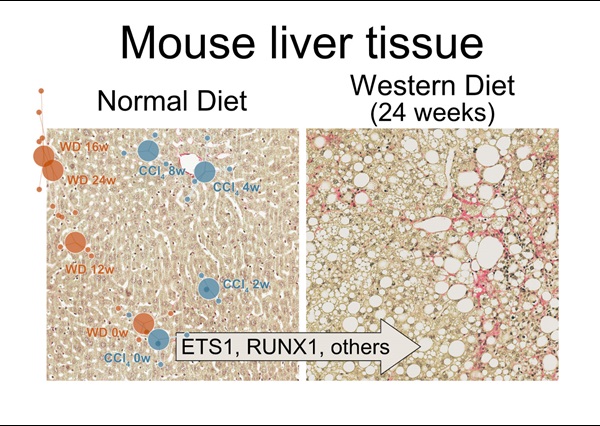
Humanity finds itself in a deepening pandemic of obesity, type-2 diabetes and non-alcoholic fatty liver disease (NAFLD). NAFLD has reached a global prevalence of 25% and its progressive form, NASH characterized by hepatic inflammation and fibrosis, is now the most common cause of chronic liver disease. With no current options for effective treatment, liver fibrosis may result in liver cirrhosis, hepatocellular carcinoma, and liver failure.
Focusing on the fibrogenic myofibroblasts and their precursors, the hepatic stellate cells, the team led by Associate Professor Kim Ravnskjaer used next generation sequencing to characterize the diet-induced dynamics in stellate cell gene expression causing liver fibrosis. This in turn led to their discovery of ETS1 and RUNX1 as novel drivers of stellate cell activation and putative targets for future pharmacological intervention.
The paper is published in Nature Scientific Reports can be read in full here
Correspondence may be directed to Kim Ravnskjaer